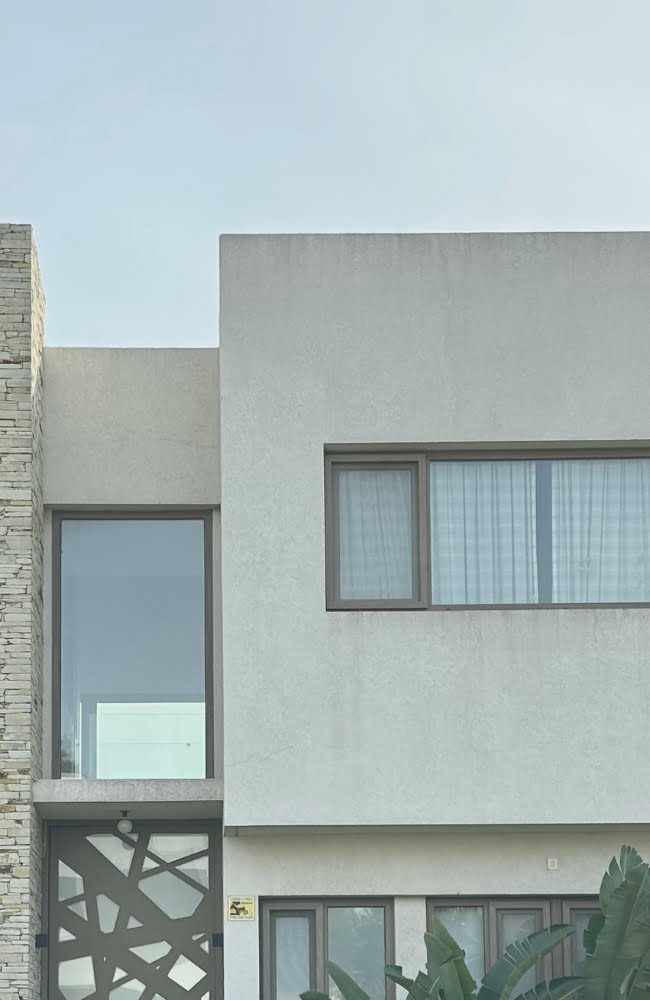Guide to Window Types
Let us educate you on this journey of discovering the perfect windows to enhance your home: from energy-efficient, double-hung windows to sleek and contemporary casement windows!
By learning this information, you can explore and understand the differences among windows that will renew the aesthetics of your space.
If you wish to connect directly with an expert, click below. If not, let curiosity guide you as you continue to read on!





SINGLE HUNG
A single-hung window has a single movable sash that slides up from the bottom, while the top sash stays stationary. When open, the two sashes overlap, requiring no additional space to ventilate!
Advantages!
- Cost-effective compared to other window types.
- Easy to operate and maintain.
- Provide good insulation and energy efficiency.
- Classic and traditional appearance.

DOUBLE HUNG
These are traditional windows with two sashes (movable panels) that slide vertically within the frame. They offer good ventilation control since you can open either the top or bottom sash
Advantages!
- Versatile, as both sashes can be opened and provide various ventilation options.
- Easy to clean, as both sashes tilt inward for convenient access.
- Enhance airflow by allowing hot air to escape from the top and cool air to enter from the bottom.
- Offer a timeless and traditional aesthetic.

CASEMENT
Casement windows are hinged on one side and open outward like a door when operated with a crank or lever. Casement windows offer a tight seal when closed, improving energy efficiency!
Advantages!
- Provide excellent ventilation, as the entire window sash can be swung open.
- Offer unobstructed views and maximum natural light.
- Energy-efficient when closed, as the sash seals tightly against the frame.
- Easy to operate with a single hand crank or lever.

AWNING
Similar to casement windows, awning windows are hinged at the top and open outward. The main difference is that they open from the bottom, creating an “awning” effect. Awning windows are commonly used in areas where you want to allow ventilation while protecting against rain.
Advantages!
- Allow for ventilation even during light rain, as the sash opens outward from the bottom.
- Offer enhanced privacy, as the window can be opened while maintaining security.
- Provide excellent energy efficiency when closed and sealed properly.
- Easy to operate with a single hand crank or lever.

SLIDING
Sliding windows consist of two or more horizontal sashes that slide along tracks to open and close. They are easy to operate and provide unobstructed views when fully opened. Sliding windows are often used in contemporary-style homes!
Advantages!
- Offer good ventilation and airflow when one or both sashes are opened.
- Simple and low-maintenance design.
- Suitable for spaces with limited vertical clearance.

PICTURE
Picture windows are fixed windows that don’t open. They are designed to provide an expansive view and allow natural light into the room. Picture windows are commonly used in combination with other windows to create larger window arrangements!
Advantages!
- Ideal for capturing scenic views and allowing abundant natural light.
- Provide excellent energy efficiency when properly sealed.
- Enhance the aesthetics of the space with large, unobstructed glass panels.
- Can be combined with other window types for added functionality.

BAY & BOW
Bay and bow windows extend outward from the house, creating a small alcove or seating area inside. Bay windows typically have three panels, with a larger center panel and two smaller side panels, while bow windows consist of multiple panels creating a curved appearance.
Advantages!
- Allow for panoramic views and increased natural light.
- Provide additional seating or display areas with the extended space.
- Enhance the curb appeal of the exterior.

SKYLIGHT
Skylights are windows installed in the roof or ceiling to allow natural light into a space. They are commonly used in areas where traditional windows are not practical, such as attics or rooms with limited wall space!
Advantages!
- Bring natural light into interior spaces, reducing the need for artificial lighting.
- Provide a connection to the outdoors, creating an open and airy atmosphere.
- Enhance the aesthetics of a room, adding architectural interest.
- Can improve ventilation when designed to be operable.
